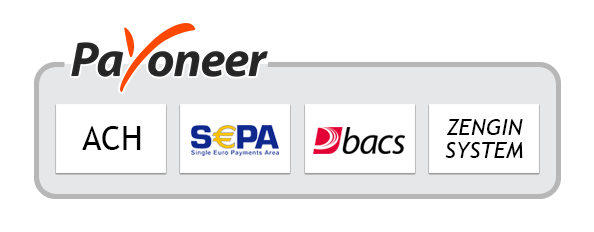Avionics is a term that is associated with electronics used in aviation. Hence avionics are electronic systems that are used in manufacturing of artificial satellites, missiles, aircraft, and spacecraft. The applications for which avionics systems are utilized for includes collision-avoidance, monitoring, communications, navigation, fuel systems, aircraft flight-control, flight recorders, aircraft management, and weather systems. Avionic systems are installed in aircraft to perform various functions individually. These functionalities can be as complex as a tactical airborne system or as simple as to provide a searchlight for a helicopter. Avionics used for military applications includes radar, electro-optics, sonar, military communications, aircraft networks, and others.
Avionics Systems Market is anticipated to grow at a CAGR of roughly 7.5% over the next ten years and will reach US$ 137,802.3 Mn in 2028, from US$ 66,575.4 Mn in 2018, according to a new Market.us (Prudour Research) study. In spacecraft, the avionics such as display system, collision-avoidance system, and navigation system, act as eyes and ears of the aircraft. These avionics determine the aircraft’s velocity, altitude, transfer orbital control, and location.
Increasing technological developments in avionic systems such as area navigation (RNAV) or flight management system (FMS) unit which defines a flight route, and automatically performs most of the course, time, distance, and fuel calculations. These advancements offer automation in many avionics systems to perform various functions and reduce the need of navigator and pilot in most procedures in aircraft. Advanced avionics are developed and designed to increase the safety and utility of an aircraft.
Increasing enhancement in electronics and use of digital computer technology in primary avionics systems of an aircraft has expanded the scope of services, maintenance, and related engineering tasks. Thus increasing awareness to integrate advance systems in conventional aircraft. However, digitalized systems and electronics are prone to cyber-attacks thus challenging its growth and adoption in legacy systems.
The avionics systems market is divided into type, application, and region. The type includes flight control system, flight management system, health monitoring system, and others. Increasing focus to provide real-time situational autopilot features by prominent manufacturers in the flight control system is expected to boost adoption of advance flight control systems across various aircraft industries.
By application, the global avionics systems market is further classified as commercial and military use. Growing need to provide high-tech and exquisite customer experience to business class travellers is resulting into the emergence of Nextgen aircraft solutions coupled with high adoption of advance avionics systems in these aircraft.
Avionics systems market is divided into five regions as North America, Europe, Asia Pacific, Latin America, and the Middle East and Africa. Prominent players in North America focus on increasing R&D activities in order to provide enhanced and advance avionic systems to end user. In addition, increasing government initiatives towards safety and environment-friendly avionics is increasing manufacturers inclination towards development in fuel efficient and lightweight electronics for satellite and aircrafts.
Key market players that are operating in the avionics systems market include Rockwell Collins, GE Aviation, Garmin Ltd, Cobham, BAE Systems, Honeywell Aerospace, Northrop Grumman, Thales Group, Lockheed Martin, and Raytheon.
Discuss Your Needs With Our Analyst
Please share your requirements with more details so our analyst can check if they can solve your problem(s)





